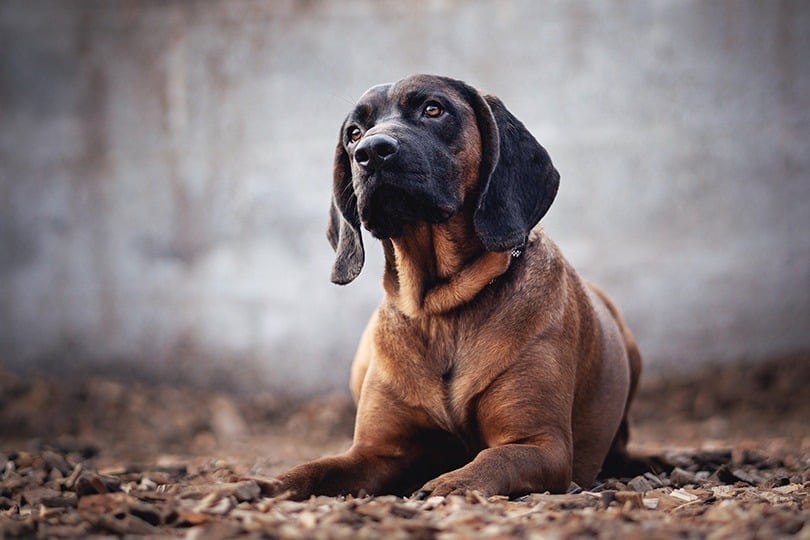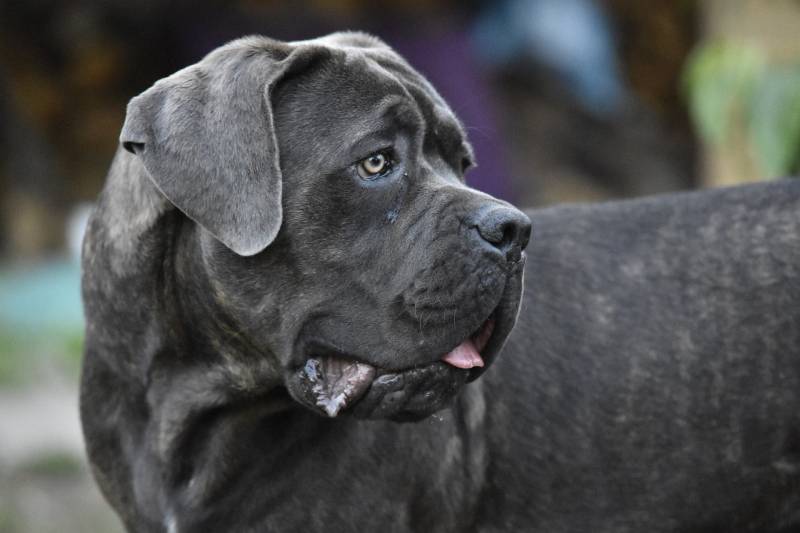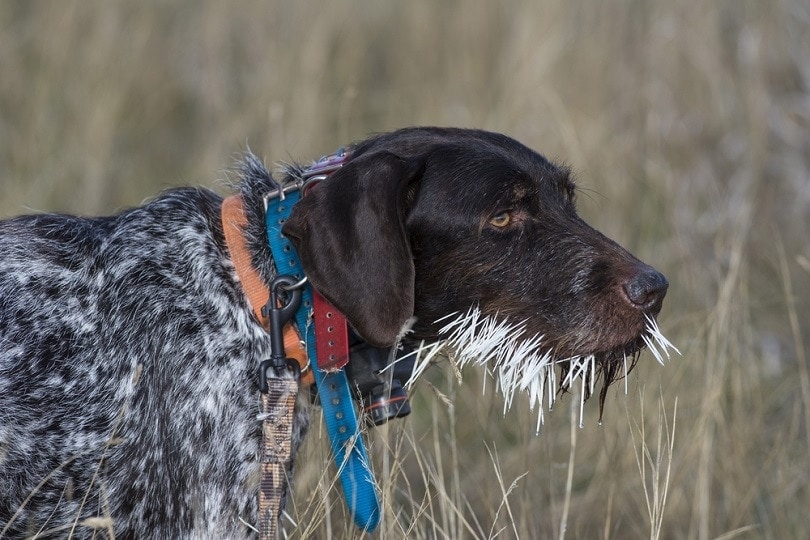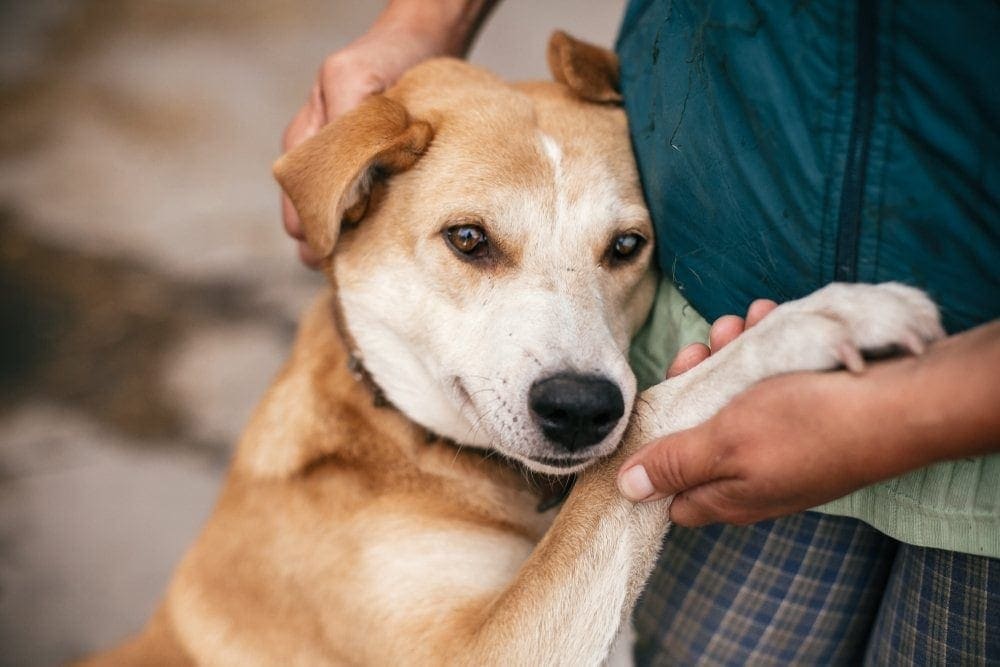Pomeranian Male vs Female: Main Differences (With Pictures)
Updated on
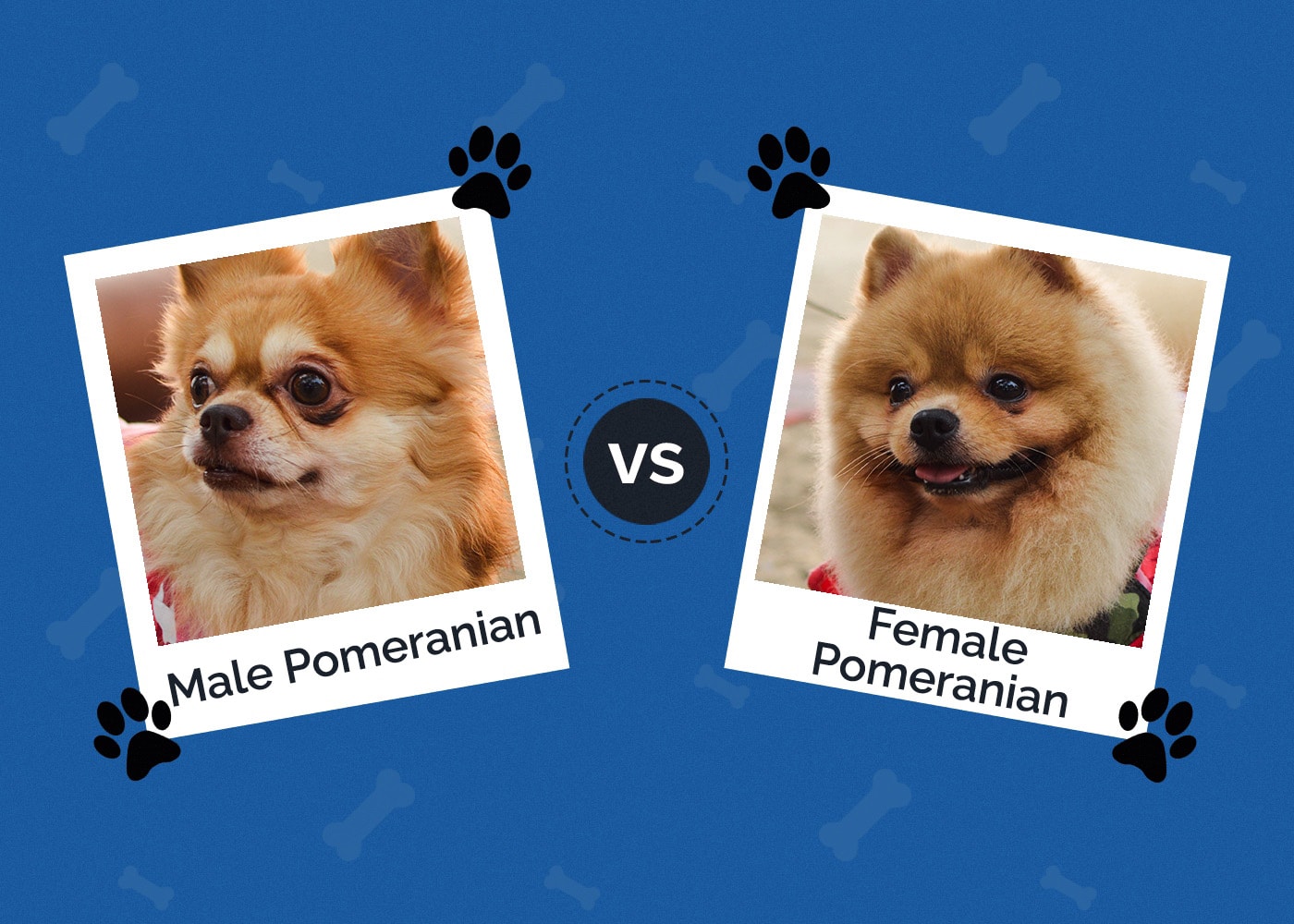
Choosing a dog breed can be difficult because of the number of things to consider to pick the right breed for your home. If you’ve already settled on the charming and brave Pomeranian, then you’re already halfway through the hard part. Now it’s time for you to choose whether you want a male or a female Pomeranian.
While personalities will vary between dogs, the gender of your dog can impact everything from temperament to training, so it’s important to have an idea in mind of which gender is ideal for your household. A responsible breeder will help you pick the right pup, but being able to tell them your preference ahead of time is the best option.
Visual Differences
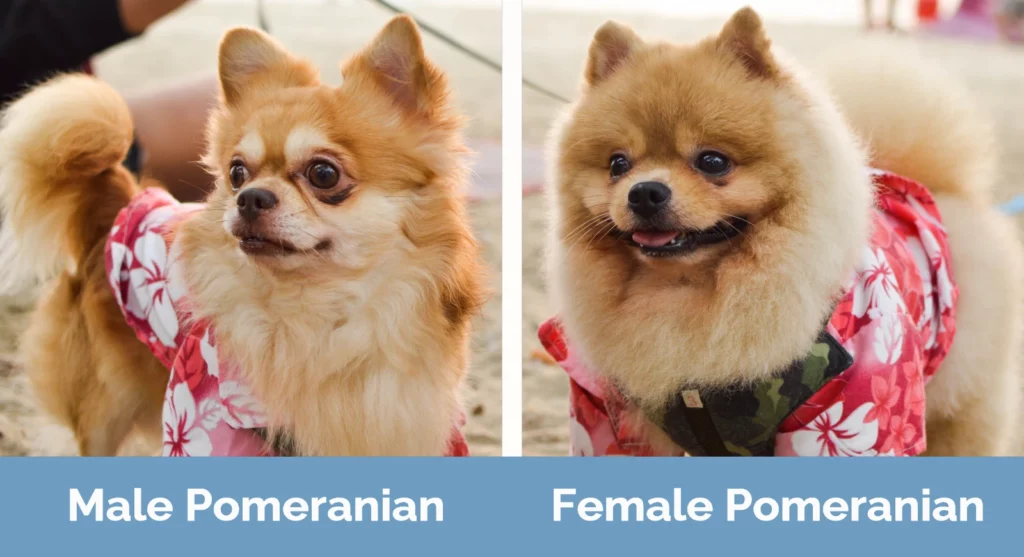
At a Glance
- Average height (adult): 8–11 inches
- Average weight (adult): 3–7 pounds
- Lifespan: 12–16 years
- Exercise: 30+ minutes a day
- Grooming needs: Moderate
- Family-friendly: Usually
- Other pet-friendly: Sometimes
- Trainability: Playful, distracted
- Average height (adult): 6–8 inches
- Average weight (adult): 3–7 pounds
- Lifespan: 12–16 years
- Exercise: 30+ minutes a day
- Grooming needs: Moderate
- Family-friendly: Usually
- Other pet-friendly: Sometimes
- Trainability: Focused, intelligent
Male Pomeranian Overview
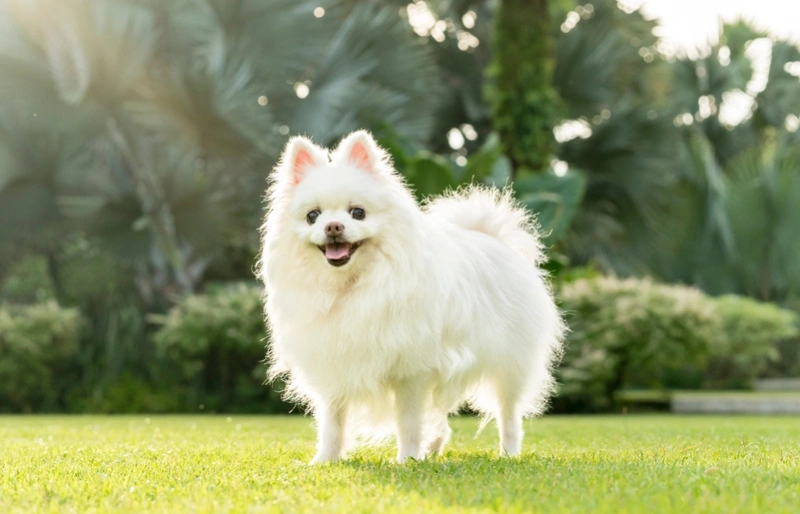
Temperament
Male Pomeranians tend to be playful dogs, but they may be more prone to aggression than females. They are known for being brave and clownish, so expect your male Pomeranian to be an entertaining pup who loves being surrounded by his people.
Expect your male Pomeranian to mature slower than your female counterparts, especially when it comes to mental maturity.
Training
Because of their clownish and distracted behavior, male Pomeranians may be difficult to train. Slow maturity also impacts the trainability of male Pomeranians, but the trainability of a male Pomeranian may improve as he grows and matures. However, it’s important to start training while young, but this will require consistency.
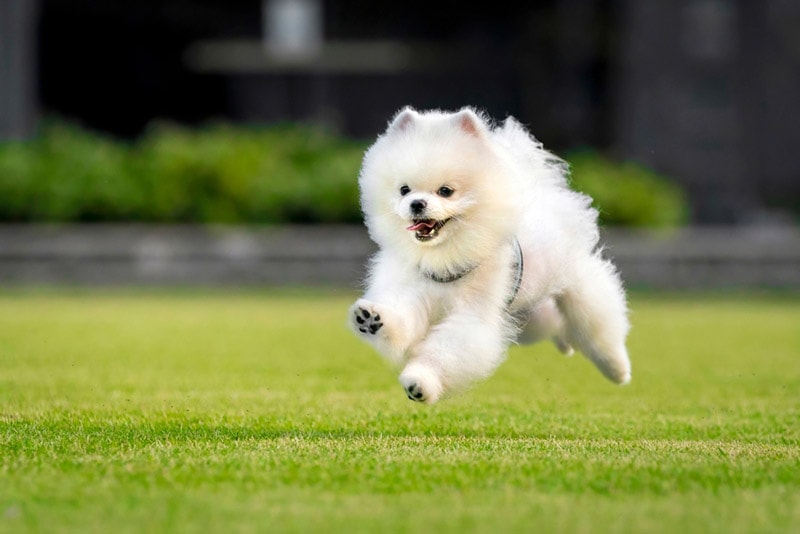
Health & Care
Pomeranians are generally healthy dogs, but they may be prone to joint, heart, skin, thyroid, and airway problems. Responsible breeding reduces the risks of these disorders.
For male Pomeranians that are kept intact, testicular cancer is a concern. Routine testicular exams can help you catch problems early. Also, male dogs are more likely to run away in search of a mate, especially if there is a female in heat within a couple of miles, so it’s extremely important for the health and safety of your dog to keep him properly contained at all times.
Suitable for:
Male Pomeranians are playful dogs. They may be more prone to aggression than females, so proper and slow introductions to other animals are necessary. They are likely to be suitable for homes with older children, but children should always be taught how to properly respect the boundaries of the dog to avoid bites. Male Pomeranians are unlikely to be tolerant of small children.
Female Pomeranian Overview

Temperament
Female Pomeranians tend to be loving but more independent and less playful than male Pomeranians. They enjoy the company of people they are comfortable with, but females typically are more comfortable with time alone.
Female Pomeranians reach mental maturity faster than males, and they tend to be lower maintenance than males. They may be warier of strangers, but may also be more accepting of other animals than male Pomeranians.
Training
Due to their faster maturity and lessened desire to play, female Pomeranians are often easier to train than males. They have a better sense of focus than males. Female Pomeranians are loving dogs that want to please and spend time with their people, which may also improve their trainability.
Health & Care
Female Pomeranians are prone to the same breed-related problems as males. Intact females are more likely to develop mammary cancer and ovarian cancer, as well as a deadly uterus infection known as a pyometra.
Obviously, intact females are also at risk for unwanted pregnancies, so carefully tracking your dog’s heat cycle and keeping her leashed or kenneled throughout her heat cycle are necessary to prevent these pregnancies.
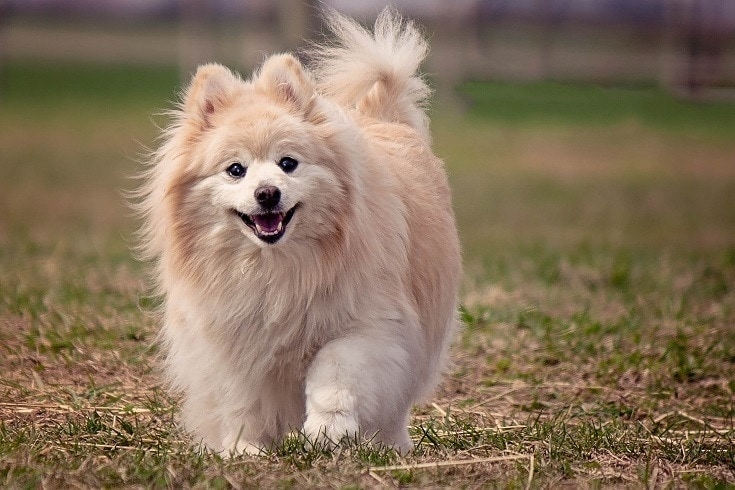
Suitable for:
Because of their faster maturity rate and laid-back personality, female Pomeranians may be more suitable for families than males. Pomeranians, both male and female, are generally intolerant of small children, though, so it’s best to avoid this breed if you currently have very young children or if you are planning to have a baby soon.
Female Pomeranians are more independent than males, which may make them better suited to homes where the family members are out throughout the day. Due to their distrust of strangers, they may not be ideal for homes with frequent visitors, but their higher tolerance to other animals makes female Pomeranians better suited to homes with other pets than most males.
Which Dog Is Right for You?
While every dog is different, there are some notable differences that commonly appear between male and female Pomeranians.
Male Pomeranians are typically slower to mature, needier, more aggressive with other animals, and more difficult to train than females, but they also tend to be more playful, more accepting of strangers, and more loving.
Female Pomeranians are typically faster to mature, more accepting of other animals, more independent, and easier to train than males, but they are often less playful, less trusting and tolerant of strangers, and less overtly loving than males.
Featured Image Credit: palita sandee, Shutterstock



